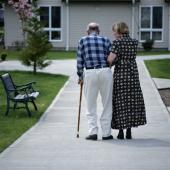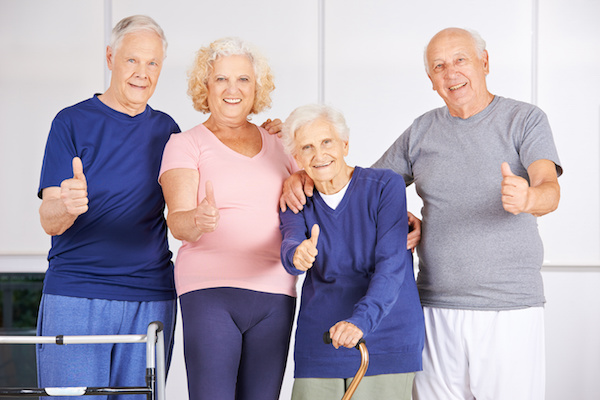
THURSDAY, April 14 (HealthDay News) — Seniors living in neighborhoods where they have a lot of interaction with their neighbors stand a much better chance of surviving a stroke, a new study suggests.
In fact, for each increase in what researchers call neighborhood “cohesion,” such as seeing and talking with neighbors or being able to call on a neighbor for help, the odds of survival after a stroke increased 53 percent.
“This finding highlights the importance of positive neighborhood environments to health, particularly among the elderly,” said lead researcher Cari Jo Clark, an assistant professor of medicine at the University of Minnesota in Minneapolis.
“Cohesive neighborhoods are potentially good for your health, particularly your risk of dying from stroke,” she added. The effect is limited to helping to prevent mortality from stroke, not its occurrence in the first place, Clark said.
“But the protective effect of neighborhood cohesion was found only for whites, and not for blacks,” she added.
The report is published in the April 14 online edition of Stroke.
For the study, Clark’s team collected data on 5,789 senior men and women living in neighborhoods in Chicago. The researchers asked people about their relationships with their neighbors.
Specifically, they asked about talking with neighbors in the street, neighbors doing yard work together or taking care of children and whether neighbors watch out for each other. They also asked about how many neighbors are known by name, how many are friends and who could be called on for help. From this data, the researchers created a “cohesion” scoring system.
For each increase in the neighborhood cohesion score, survival after stroke increased 53 percent, Clark’s group found.
The finding remained significant even after taking into account factors such as socioeconomic status and cardiovascular risks, such as high blood pressure, smoking, physical inactivity, diabetes and obesity, the researchers noted.
Although stroke rates did not differ by neighborhood, survival was better for those living in “cohesive” neighborhoods. Why seniors in black neighborhoods didn’t see the same benefit is not clear, they added.
“Further research is needed to understand the specific ways that neighborhood cohesion works to protect against stroke mortality and why this protective effect was not equally shared by blacks and whites in the study,” Clark said.
Scott C. Brown, a research assistant professor of epidemiology and public health at the University of Miami Miller School of Medicine, said that neighborhoods with shared values might also promote healthy behaviors among neighbors.
As for why these findings were seen only in whites, Brown speculated that other factors might come in to play. “There may be unmeasured variables, such as crime or health-care access,” he explained.
“You may have neighborhoods where neighbors are watching out for each other [but] there may be less access to health care, or no health insurance,” Brown said.
There is evidence that neighborhood social cohesion may reduce the risk of stroke mortality, Brown said. “It may have to do with neighbors’ willingness to intervene in emergencies where a neighbor is showing symptoms of stroke, but more data are needed to really know,” he noted.
More information
For more information on stroke, visit the U.S. National Library of Medicine.

